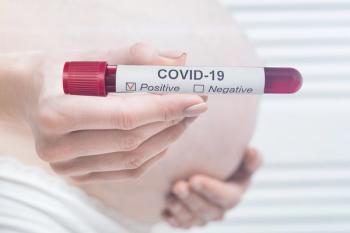
How Independent Pharmacies Are Combatting the Opioid Crisis
Pharmacists are uniquely poised to combat the opioid crisis. Here's what pharmacists (and Congress) can do about it.
Pharmacists at St. Matthews Community Pharmacy in Louisville, KY, have administered more than 1,000 injections of Vivitrol (a long-acting naltrexone) in an effort to combat the opioid epidemic.
Blaiklock showing VivitrolBut the pharmacists took their program a step further. Not only have they received training that allows them to be reimbursed for administering long-acting injectables, they now provide counseling and appointment reminders in order to improve treatment compliance.
But that is just one program targeting the opioid crisis from St. Matthews. The pharmacy began dispensing naloxone in early 2015, and then began administering long-acting naltrexone two years ago.
NCPA provided a
St. Matthews is just one example of community pharmacies that are combatting the opioid crisis in their communities, NCPA said. The organization also shared with Congress eight recommendations for leveraging independent community pharmacists’ knowledge and proximity to patients to help address the opioid crisis.
Related article:
“NCPA is committed to working collaboratively with members of Congress, the Administration, and other stakeholders in adopting viable solutions to prevent drug abuse and diversion,” it said. “We believe there are efforts in the marketplace that are currently making a difference in the battle against opioid abuse and are scalable, such as expansion of consumer access to naloxone.”
NCPA recommendations include:
- Expand consumer access to naloxone by allowing pharmacists to be able to directly prescribe it.
- Establish limits on maximum day supply for certain controlled substances.
- Prohibit certain controlled substances from being delivered to patients via physician offices or through the mail.
- Expand electronic prescribing of controlled substances by mandating its use where feasible.
- Enhance Prescription Drug Monitoring Programs (PDMPs) by creating national standards.
- Increase health-care provider education by emphasizing a verification infrastructure with minimal administrative burdens.
- Increase the usage and access to medication-assisted treatment.
- Expand the ability of pharmacies to identify individuals with substance abuse disorders by participating in Screening, Brief Intervention, and Referral to Treatment (SBIRT) activities.
Newsletter
Pharmacy practice is always changing. Stay ahead of the curve with the Drug Topics newsletter and get the latest drug information, industry trends, and patient care tips.















































































































